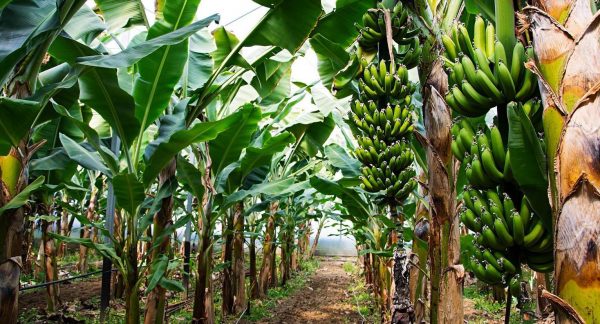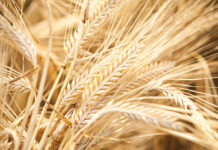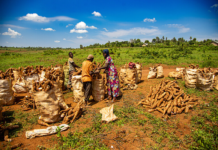The new crop season for South Africa begins at the time when the Northern Hemispheres season tails off and harvest estimates starts trickling in. The global harvest outlook and stock situation helps provide price direction and consequently the potential size of the domestic crop. In its monthly early in October 2022, the United States Department of Agriculture (USDA) projected a slight contraction in global production and ending stocks of grains and oilseed crops for the 2022/23 season.
Global maize production and ending stocks estimates for 2022/23 season showed a contraction of 4% and 2% year on year (y/y) respectively at 1.1 7 billion tons and 307 million tons with declines for the European Union, Serbia, and the United States.
The war in Ukraine added to this tight supply outlook with the country’s production and stocks expected to contract by 25% and 43% respectively y/y. In the case of soybeans, production and stocks are expected to rebound sharply by 9.9% and 8.8% respectively for 2022/23 season which bodes well for the availability of soymeal which may possibly dampen the price outlook.
The recent trend in international maize prices shows gains with the average for October so far up 4.2% month-on-month (m/m) and almost 36% higher y/y at US$324.29/ ton. Although soybeans eased by 1.8% m/m they remained 24% higher y/y at US$595.24/ ton.
This coupled with rand weakness placed upward pressure on domestic maize and soybean prices despite abundant supplies. The average white maize (WMAZ) and yellow maize (YMAZ) prices so far for OCT 2022 are up 3.5% and 2.9% respectively m/m and almost 52% and 43% higher y/y.
Now early indications are that South Africa’s farmers intent to plant almost 0.2% more hectares under summer crops for the 2022/23 production year according to the latest update from the National Crop Estimates Committee. The expected total summer crop planted area is seen at 4.351 million hectares with soybeans being the biggest gainer (+16.2% y/y) and at a potential average production of 2.5m tons this be a record high for the crop. The rest of the crops showed declines in the expected planting area across the board. This is however early days, and the situation is likely to change as the season progresses.
At 2.59 million hectares, the intended maize crop planted area is still higher the 10-year and 5-year averages of 2.53ha and 2.57ha respectively and likely to yield a sizeable crop of 14.59 million ha. This is still well above the 10-year and 5-year harvest averages of 13.12m tons and 14.56m tons, thus easily meeting the domestic consumption of 11.8m tons and a good surplus.
The surge in soybean plantings was expected as early indications from industry sources was that seed was all snapped up and almost no stock was available. The ramp up in output will boost the domestic availability of soybeans and subsequently soymeal thus reducing import dependency, obviously, a positive development for the livestock market as it is a major protein source for animal feed.
Nonetheless, profit margins are not necessarily at record highs given the massive cost pressures emanating from energy complex and agrochemicals. Overall, another fantastic agriculture season for South Africa in the year ahead with the La Nina weather pattern still in the forecasts








